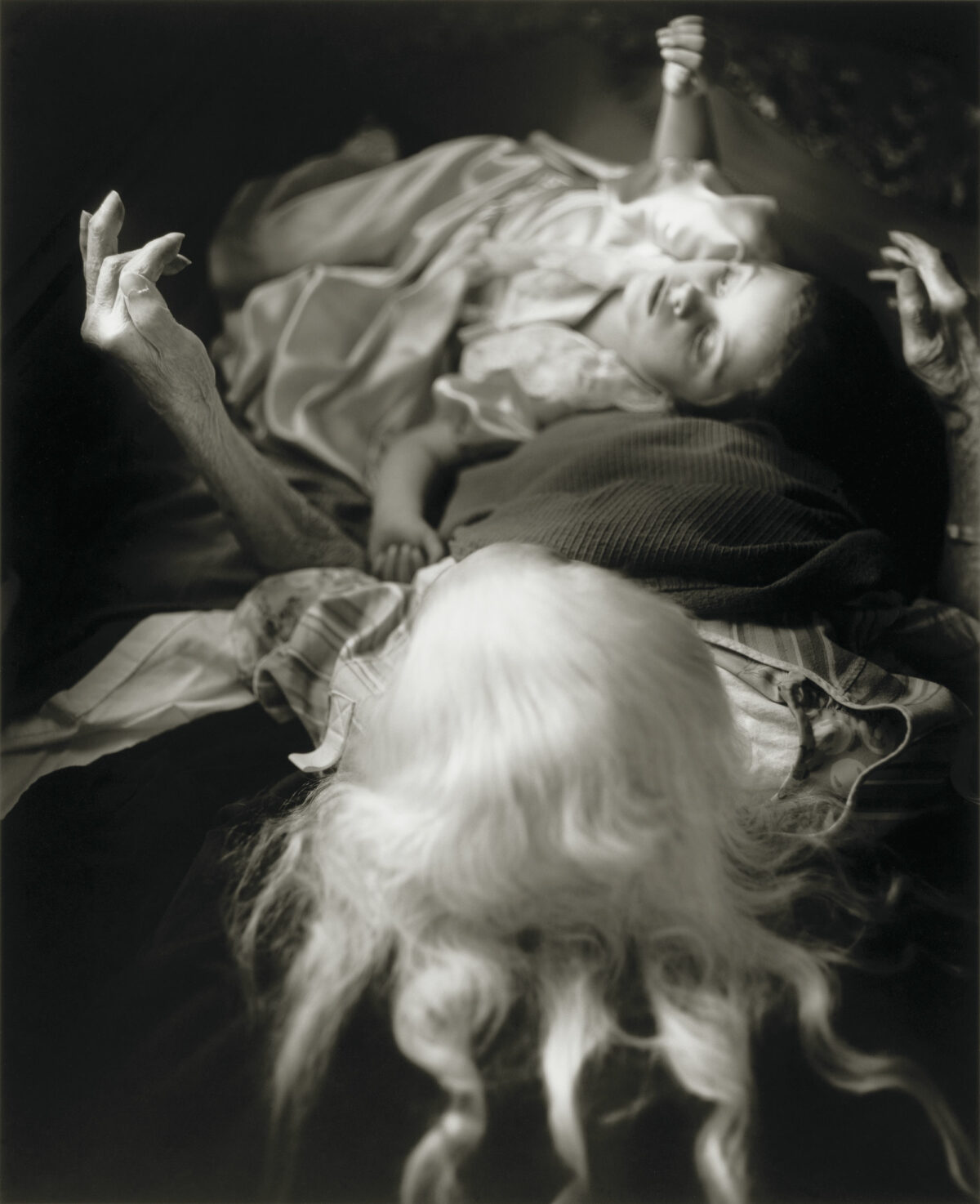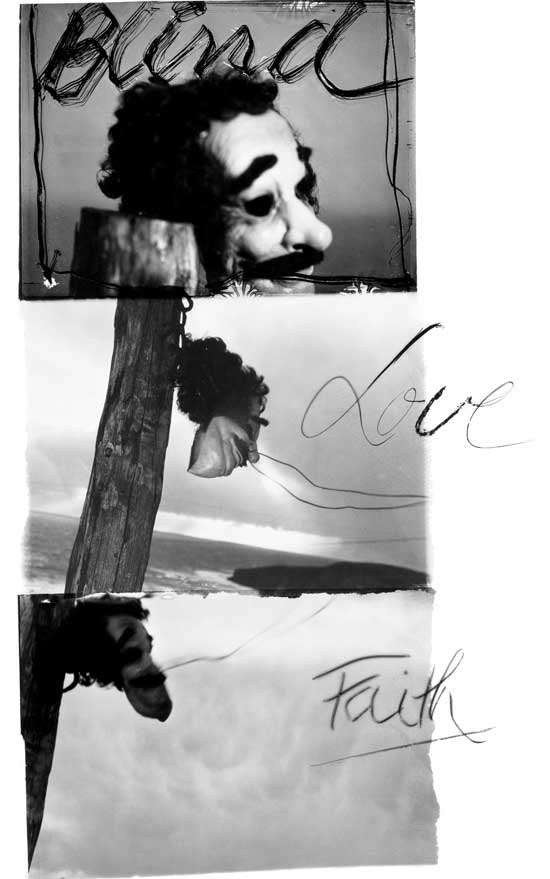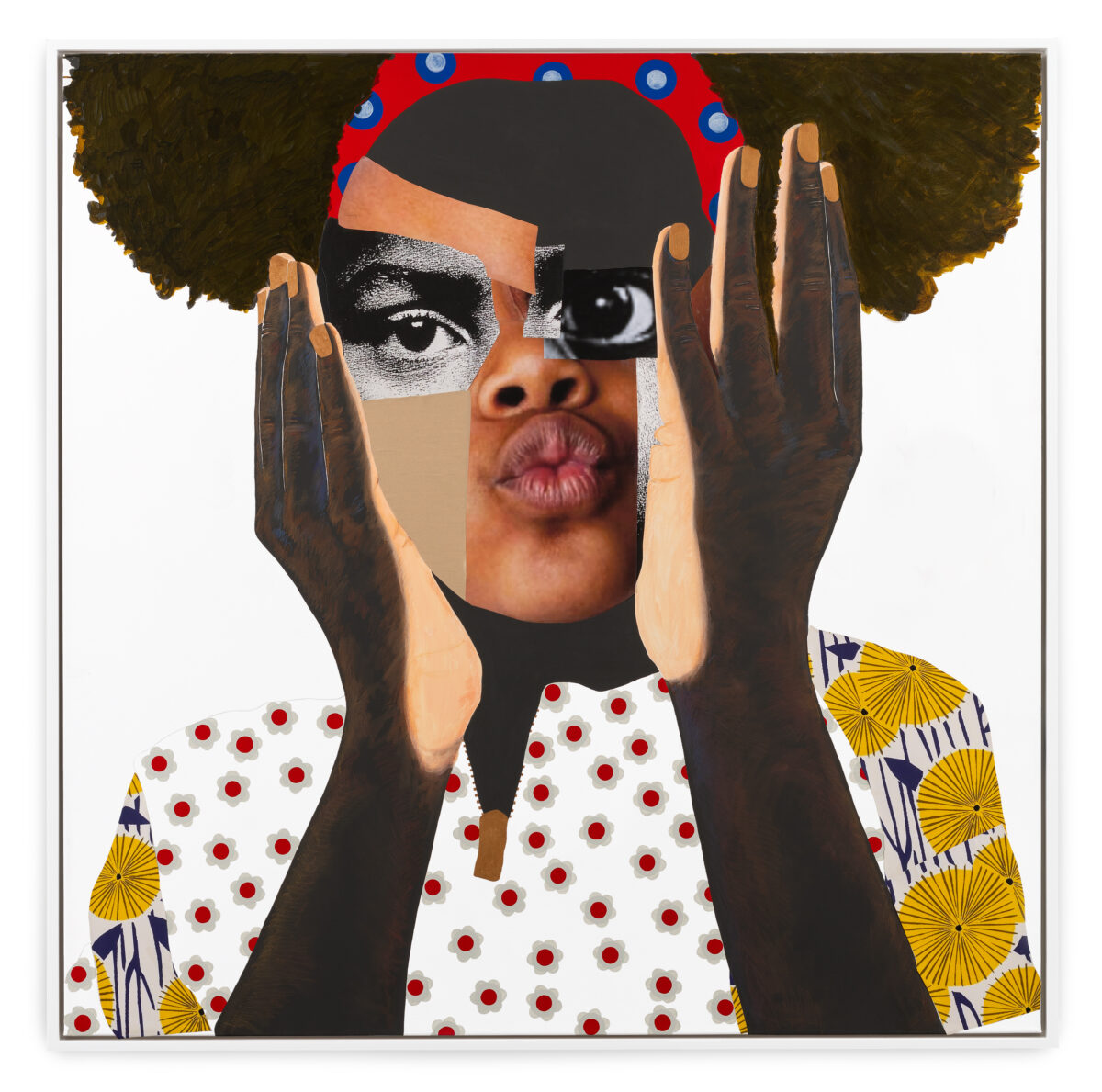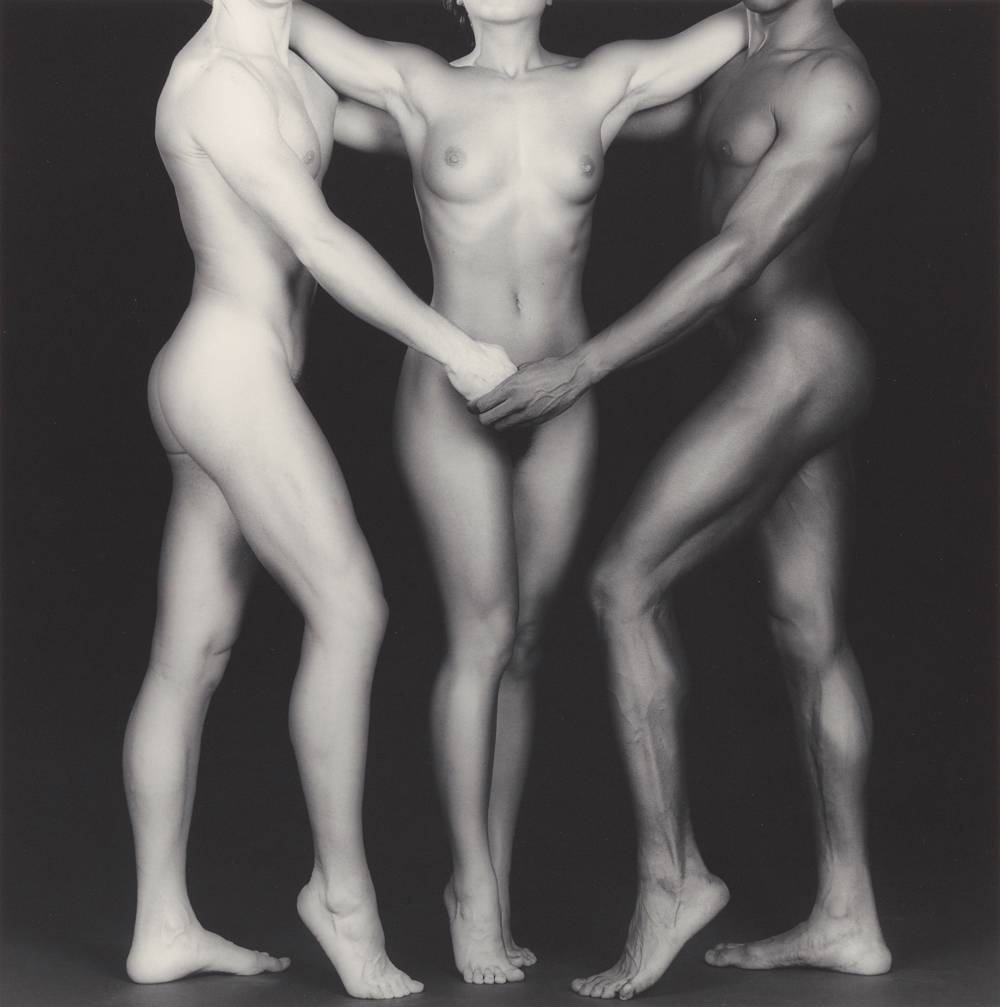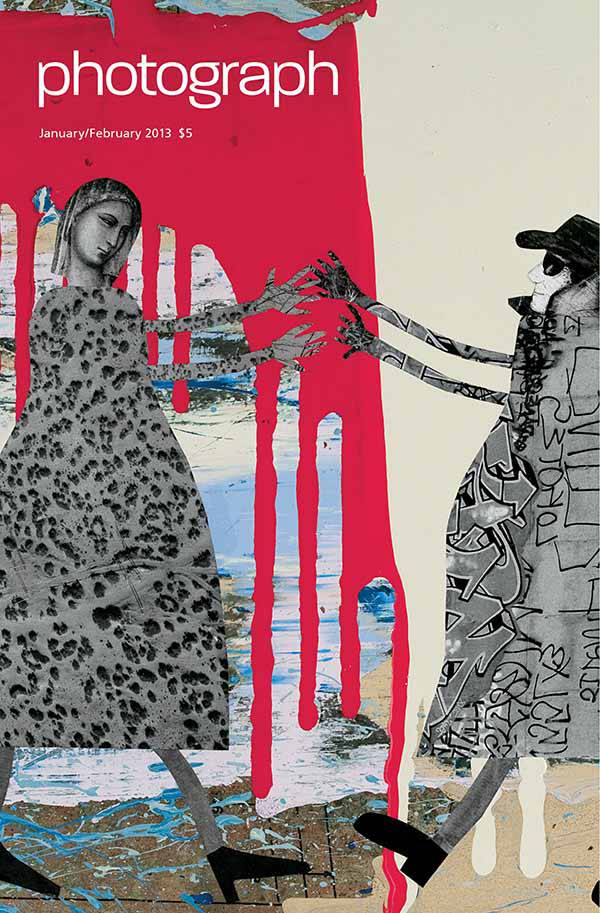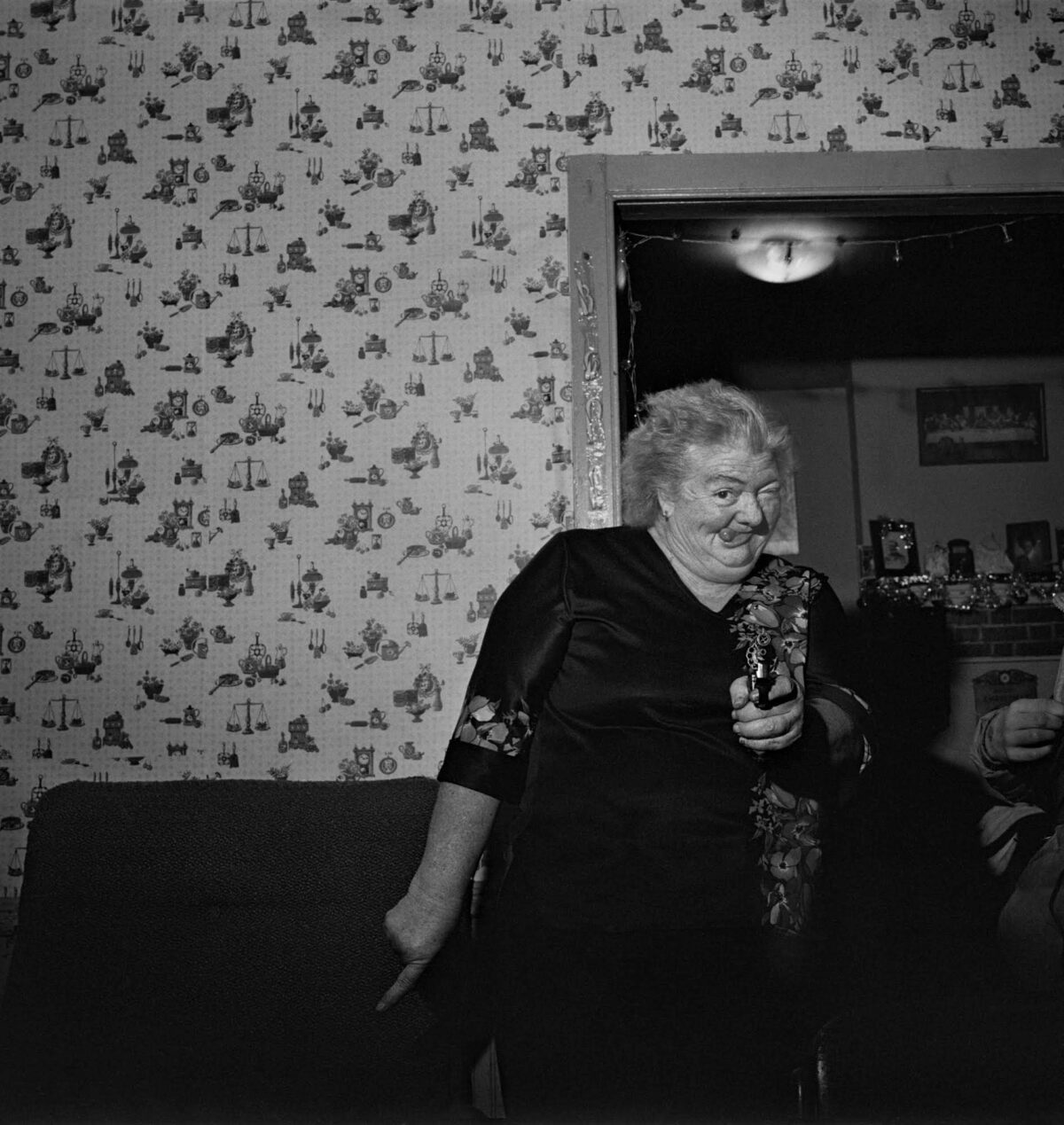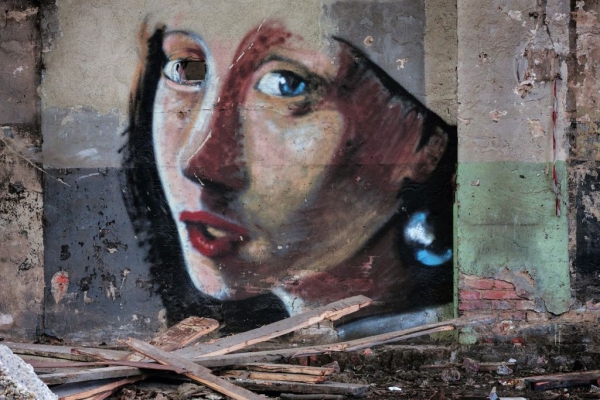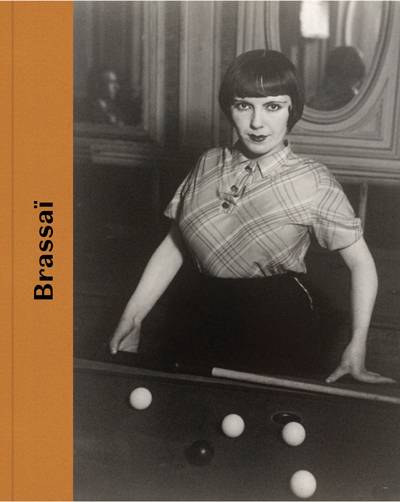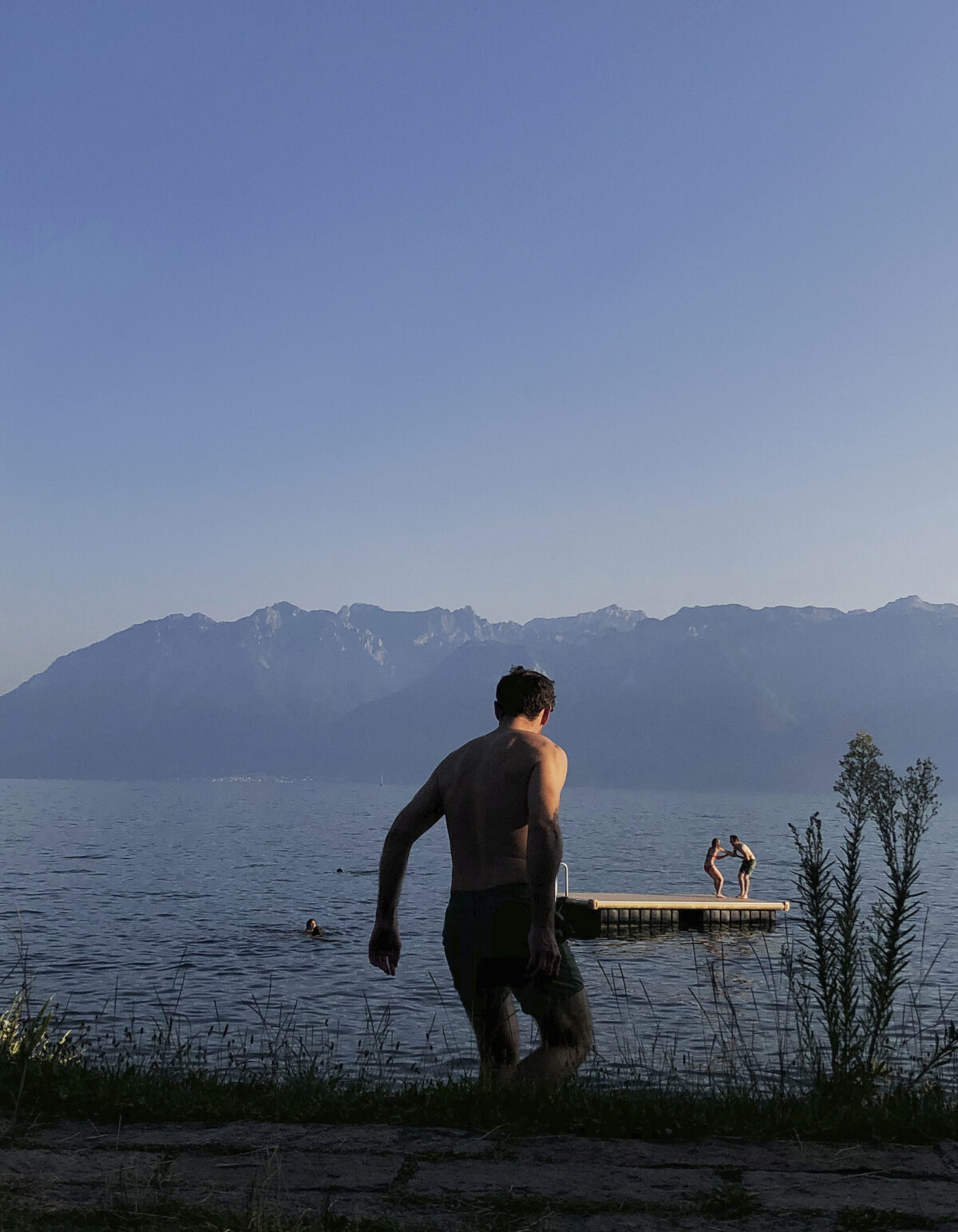Sputnik Day (October 4, 1957) marked the Soviet’s historic first launch of a satellite into orbit around the earth. It also happens to be Chelsea photo dealer Robert Mann’s birthdate. “Some people say that day changed the world,” says the contemplative, 52-year-old dealer from his office overlooking the Hudson River. Mann has got a clear view of life’s milestones lately, and with good cause. Not only did he and his wife, Orly Cogan, give birth to a baby girl, Viva, in late 2009, but 2010 marks his gallery’s 25th anniversary. Over the years, Mann, who served on AIPAD’s executive board for 12 years, has seen his stable of artists expand to include fresh practitioners under 35 even as he’s retained an equal number of contemporary masters with whom he has worked from day one. “Sometimes I think: My God, I’ve been doing this for 33 years,” Mann exclaims. “I should be burnt-out right now. But I still get jazzed by so many different aspects of this business. I love coming to work every day.”
Mann’s career was launched, in effect, when veteran dealer Harry Lunn hired the then-20-year-old to work at his Washington, D.C., gallery after he’d answered an ad in the paper for a preparator. Up until that time Mann, the only child of German-Jewish immigrants in Manhattan’s Washington Heights, had only thought of photography as a hobby. An enlarger he found in the attic one day (his father’s, who was an amateur photographer) encouraged his sense of creative experimentation, as did a summer he spent in camp as a teenager, running a darkroom. But at George Washington University, Mann, who’d always had an interest in science, was pursuing a career as a geologist, rather unhappily. “I was probably going to work for some Texas bank and look for oil,” he says. Instead, Mann got a solid historical grounding in the medium with Lunn, and hands-on experience with sales. He met luminaries like Ansel Adams, Yousuf Karsh, Sam Wagstaff, and Robert Mapplethorpe. “Harry was very generous with his time and experience,” says Mann. “And I was at the right place at the right time.”
By September 1983, Mann decided to move back to New York City to take a job as director of Light Gallery, legendary for launching the careers of such masters as Harry Callahan and Aaron Siskind. The gallery was in financial straits, and Mann saw it through. “There was a lot of responsibility delegated to me,” he says. “I really had to run a business.” Two years later, in 1985, Mann was ready to strike out on his own. Under the shingle of fotomann, inc, he starting dealing privately on East 76th Street. Practitioners like Siskind and Joe Deal, whose trust he’d earned at Light Gallery, came along. Business was good and Mann transitioned into a public space, expanded, and ultimately moved to Chelsea, where he remains today. When he originally took over 6,000 square feet on the airy tenth floor at 210 Eleventh Avenue, it was little more than raw space—one which he quickly set upon with a lush renovation job from top to bottom. Today (after some shrewd downsizing, space-wise), he’s carved out a corner office that, thanks largely to the eclectic mix of artists on its walls, exudes a kind of charged calm. There’s an abstract Richard Misrach print in gradient blue and pink; a superb Ansel Adams Moonrise; a composite digital image by Mary Mattingly in which desert and water seem to seamlessly fuse. “I have no problem with beauty,” says Mann, “but I also seek out work that’s challenging, compelling. At the end of the day, it’s all work I never get tired of.”

